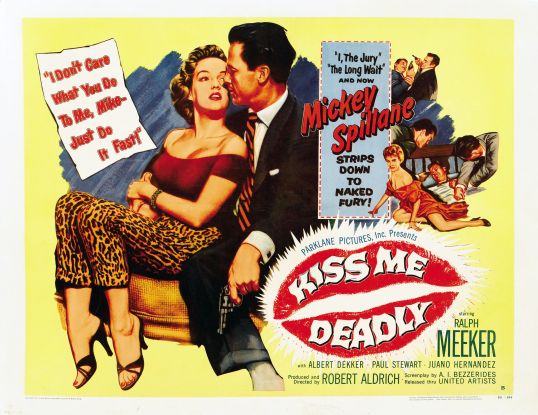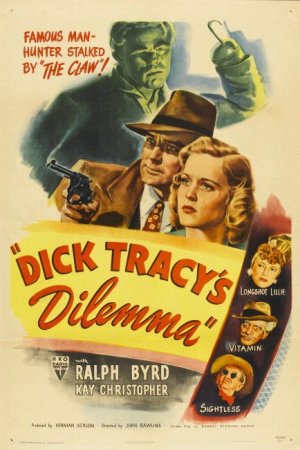 When a gang of outlaws attempt to rob a bank in the small frontier town of Plainview, the local sheriff is one of the first people to get gunned down. It falls upon two local men, George Henderson (Frank Ferguson) and storeowner Jack Wright (Fred MacMurray), to run the outlaws out of town. While most of the gang escapes, Jack and Henderson manage to kill the gang’s leader, Alvin Dennis.
When a gang of outlaws attempt to rob a bank in the small frontier town of Plainview, the local sheriff is one of the first people to get gunned down. It falls upon two local men, George Henderson (Frank Ferguson) and storeowner Jack Wright (Fred MacMurray), to run the outlaws out of town. While most of the gang escapes, Jack and Henderson manage to kill the gang’s leader, Alvin Dennis.
At first, Jack and Henderson are declared to be heroes and Henderson is appointed sheriff. However, when Henderson is found murdered, the town realizes that Alvin’s brother, Bob (Skip Homeier), has returned to get revenge. The inevitable confrontation is delayed by the arrival of a U.S. marshal who stays in town for two weeks to maintain the peace but everyone knows that, once he leaves, Bob is going to be coming after the mild-manned Jack. The townspeople go from treating Jack like a hero to shunning him. They even offer Jack and his wife (Dorothy Malone) money to leave town but Jack refuses to give up his store or to surrender to everyone else’s fear.
At Gunpoint is a diverting variation on High Noon, with Fred MacMurray stepping into Gary Cooper’s role as the upstanding man who the town refuses to stand behind. What sets At Gunpoint apart from High Noon is that, unlike Cooper’s Will Kane, MacMurray’s Jack Wright isn’t even an experienced gunslinger. Instead, he’s a mild-mannered store owner, the old west’s equivalent of an intellectual, who just managed to get off a lucky shot. If he can’t find a way to get the cowardly town to back him up, there’s no way that he’s going to be able to defeat Bob and his gang.
At Gunpoint features an excellent cast of Western character actors, including John Qualen, Irving Bacon and Whit Bissell. Especially good is Walter Brennan, playing one of the only townspeople to have any integrity. While this western may not have the strong political subtext or the historical significance of High Noon, it’s still a well-made example of the genre. It’s a western that even people who don’t normally enjoy westerns might like.



